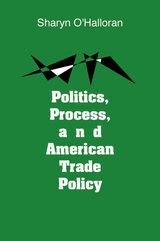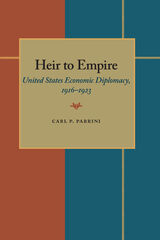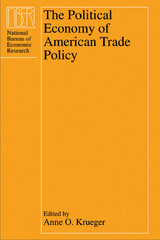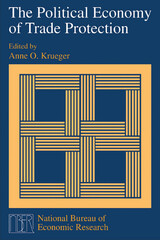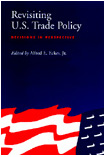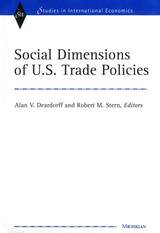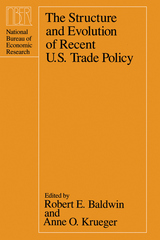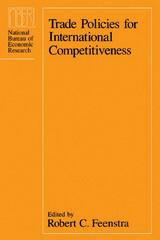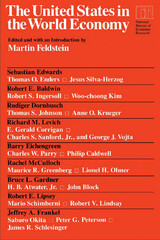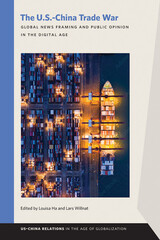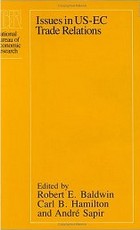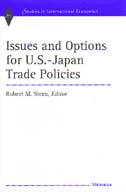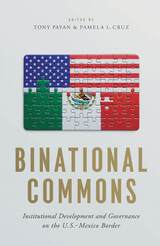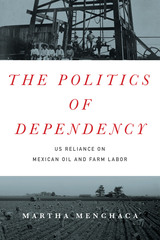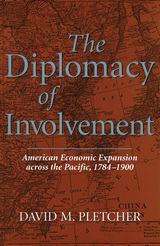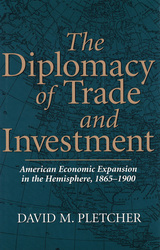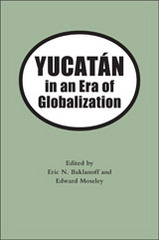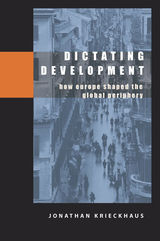Trade and Investment Relations among the United States, Canada, and Japan
University of Chicago Press, 1989
Cloth: 978-0-226-77317-9
Library of Congress Classification HF1456.5.C2T69 1989
Dewey Decimal Classification 337.73052
Cloth: 978-0-226-77317-9
Library of Congress Classification HF1456.5.C2T69 1989
Dewey Decimal Classification 337.73052
ABOUT THIS BOOK | AUTHOR BIOGRAPHY | TOC
ABOUT THIS BOOK
The economic futures of the United States, Canada, and Japan are tightly linked by the extremely powerful trade network these nations share. Yet because of trade and domestic policies aimed at preserving economic and, some argue, cultural integrity, there has at times been considerable friction among the three nations. Much of the recent trade animus of the U.S. has been aimed Japan, the country with the largest trade surplus with the United States. Canada, the largest trade partner of the U.S., maintains fiscal policies which resemble those of Japan, but has not been the focus of similar concern. Since the actions of each nation reverberate throughout the network, a full and accurate understanding of these complex relations will be essential if ongoing trade negotiations, policymaking, and international relations are to be constructive.
The papers in this volume were developed from a conference that addressed the need to discover which structural determinants and policies shape the close economic ties among these nations. Leading experts on trade and macroeconomics from all three countries examine disproportionate saving rates, exchange rate volatility, varying industrial policies and levels of financial innovation, the effects of present tax policies and proposed reforms, and the dynamism of major Pacific nations and the leadership role Japan may play in U.S. relations with that region. Several important conclusions are reached by the contributors. They assert that Japan's trade barriers are relatively low overall and are comparable to those maintained by the United States and Canada, and that divergent fiscal policies have been the major source of macroeconomic imbalances between the United States and other major countries in the 1980s. They also conclude that current trade imbalances may persist for some time. The analyses offered here are likely to prove influential in future policymaking and will be of interest to a wide audience, including academic economists, government officials, and students of theoretical and policy issues of international trade, investment, and finance.
The papers in this volume were developed from a conference that addressed the need to discover which structural determinants and policies shape the close economic ties among these nations. Leading experts on trade and macroeconomics from all three countries examine disproportionate saving rates, exchange rate volatility, varying industrial policies and levels of financial innovation, the effects of present tax policies and proposed reforms, and the dynamism of major Pacific nations and the leadership role Japan may play in U.S. relations with that region. Several important conclusions are reached by the contributors. They assert that Japan's trade barriers are relatively low overall and are comparable to those maintained by the United States and Canada, and that divergent fiscal policies have been the major source of macroeconomic imbalances between the United States and other major countries in the 1980s. They also conclude that current trade imbalances may persist for some time. The analyses offered here are likely to prove influential in future policymaking and will be of interest to a wide audience, including academic economists, government officials, and students of theoretical and policy issues of international trade, investment, and finance.
See other books on: Canada | Economics & Trade | Foreign economic relations | Stern, Robert M. | Trade
See other titles from University of Chicago Press


